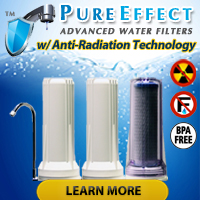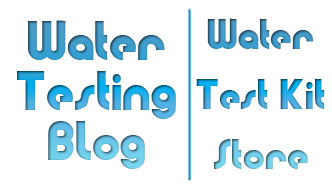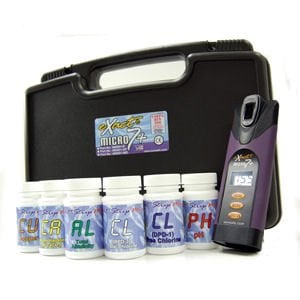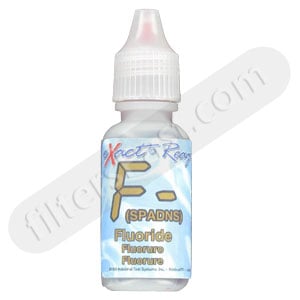Time for an update about fluoride in drinking water from two different government organizations… The U.S. Department of Health and Human Services and the U.S. Environmental Protection Agency. Therefore, if you have concerns about fluoride in your drinking water, you may want to keep tabs on what happens after this announcement.
- Government agencies considering lowering recommended level of fluoride from the range of 0.7 to 1.2 mg/L down to 0.7 mg/L.
- Maximum level allowed in drinking water may also get reduced by the EPA.
- Americans now exposed to fluoride from numerous sources.
- The eXact Micro 7+ water testing meter can test for fluoride levels between 0.1 and 1.1 mg/L (ppm) using proven SPADNS chemistry.
|
Recently the U.S. Department of Health and Human Services and the U.S. Environmental Protection Agency stated publicly that they will soon recommend lowering the maximum amount of fluoride allowed in water to a level that will still give citizens the benefits of reduced tooth decay while hopefully preventing excess exposure to fluoride.
Current guidelines place the maximum allowable levels of fluoride between 0.7 and 1.2 milligrams per liter (mg/L or ppm) and the new recommendation would place that limit at 0.7 milligrams per liter.
Why the alleged need for guideline reform and upper limit reduction? Quite simply, the world has changed and no longer do Americans get their dose of fluoride from only one source. The quote below goes into more detail on that point.
“Today both HHS and EPA are making announcements on fluoride based on the most up to date scientific data,” Pete Silva, EPA assistant administrator for the Office of Water, said in statement. “EPA’s new analysis will help us make sure that people benefit from tooth decay prevention while at the same time avoiding the unwanted health effects from too much fluoride.”
The statement notes that Americans have access to more sources of fluoride than they did when water fluoridation was first introduced in the United States in the 1940s. Water is now one of several sources of fluoride. Other common sources include dental products such as toothpaste and mouth rinses, prescription fluoride supplements, and fluoride applied by dental professionals. Water fluoridation and fluoride toothpaste are largely responsible for the significant decline in tooth decay in the U.S. over the past several decades. ( source )
Will changes, if they occur as a result of these recommendations, have any effect on the lives of most people? No, not really. We will all most likely go on with our lives completely oblivious to the reduction in fluoride levels in our drinking water.
That does not mean, however, that some folks will stop their efforts to get all fluoride removed from drinking water. A certain element exists in our society that despises fluoride in all its forms and wants it vanquished from public water supplies altogether.
Fluoride reduction in drinking water?
If government agencies won’t mandate the removal and/or reduction of fluoride levels in drinking water, and people still want it, home water filters for fluoride reduction do certainly exist. Note that we said fluoride reduction and not fluoride removal.
To our knowledge no water filtration units commonly available to the general public will remove all fluoride from drinking water. Quality water filtration units will, however, bear certification to reduction standards established by organizations such as the NSF, an independent testing organization involved in many areas of quality and safety dealing with consumer goods.
As an example, NSF Standard 58 deals directly with the reduction of specific drinking water contaminants. See below.
NSF/ANSI Standard 58:
“Overview: This standard was developed for point-of-use (POU) reverse osmosis (RO) treatment systems. These systems typically consist of a pre-filter, RO membrane, and post-filter. Standard 58 includes contaminant reduction claims commonly treated using RO, including fluoride, hexavalent and trivalent chromium, total dissolved solids, nitrates, etc. that may be present in public or private drinking water. ( source )
Want an example of an affordable reverse osmosis system that has tested and certified to NSF Standard 58, the Pentek RO-3500 Monitored Reverse Osmosis System reduces for TDS, Fluoride, Turbidity, Lead, Nitrate, Selenium, Arsenic, Copper, Cadmium, Barium, Cyst, and Radium… and has a price tag under 270 dollars.








